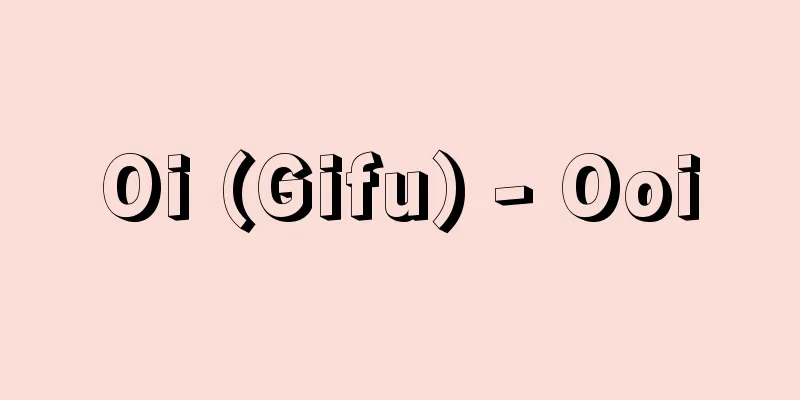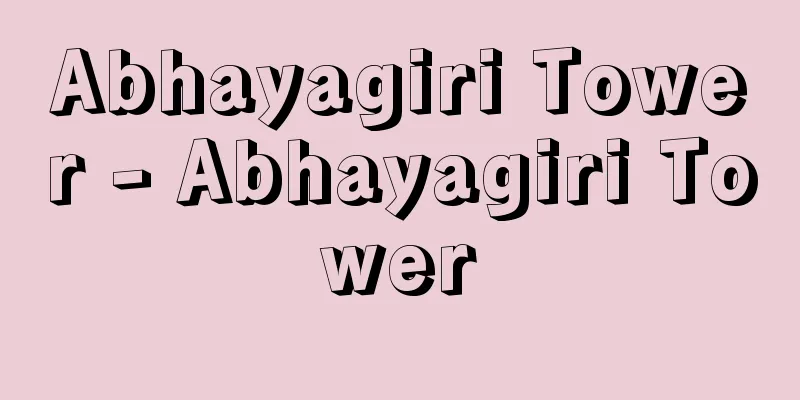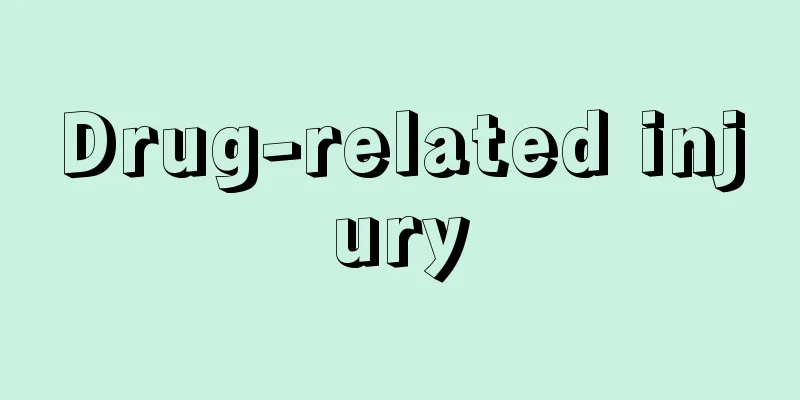Orthostatic hypotension

|
Orthostatic hypotension is defined as a drop of 20 mmHg or more in systolic blood pressure and 10 mmHg or more in diastolic blood pressure within 3 minutes of standing up from a recumbent or sitting position. A passive orthostatic test (head up tilt test) using a tilt table may be used for diagnosis. Orthostatic hypotension increases with age, and is said to be present in approximately 20% of people over 65 years old and approximately 30% of people over 75 years old. Pathophysiology and etiology In healthy individuals, standing up causes 300-800 mL of blood to pool in the legs and abdominal organs. This reduces venous return and ventricular filling, resulting in a transient drop in cardiac output and blood pressure. This activates baroreceptors in the carotid sinus and aorta, activating the sympathetic efferent pathway and inhibiting the parasympathetic efferent pathway. This compensatory baroreceptor reflex increases heart rate and peripheral vascular resistance, and cardiac output and blood pressure are restored (Figure 6-4-1). Furthermore, humoral factors such as renin and aldosterone also increase orthostatic tolerance. In this way, systolic blood pressure usually decreases only slightly (5-10 mmHg), diastolic blood pressure increases slightly (5-10 mmHg), and heart rate increases (10-25/min). However, if the autonomic reflex is unable to compensate for the decrease in venous return caused by the change in posture due to hypovolemia or excessive venous return, symptoms of orthostatic hypotension appear. The causes of orthostatic hypotension are shown in Table 6-4-2. Orthostatic hypotension is common in elderly people, and several possible reasons for this include: 1) a decrease in baroreceptor reflex, 2) a decrease in the α1 adrenergic vasoconstrictor response to sympathetic stimulation, 3) a decrease in the parasympathetic withdrawal response when standing due to decreased parasympathetic function, 4) a decrease in renin, angiotensin, and aldosterone and an increase in diuretic peptides, as well as a decrease in the kidney's ability to retain salt and water during water restriction or fluid loss, and 5) a decrease in left ventricular filling volume when standing due to cardiac diastolic dysfunction. Diet-induced hypotension is also often observed in elderly people and patients with autonomic nervous system dysfunction. On the other hand, in neurological diseases accompanied by autonomic nervous system disorders such as multiple system atrophy, there is organic damage to the central nervous system and baroreceptor reflex arc. As the condition progresses, hypotension and symptoms of cerebral ischemia may appear even in a sitting position, and hypertension in the supine position may also occur. Orthostatic hypotension is also commonly seen in chronic dialysis patients, and is thought to be caused by a decrease in responsiveness to vasoconstrictors such as norepinephrine and angiotensin II, and an increase in vasodilators such as nitric oxide and adrenomedullin. Clinical Symptoms Symptoms of orthostatic hypotension include symptoms due to decreased cerebral blood flow (lightheadedness, weakness, dizziness, visual impairment, fainting), muscular symptoms (stiff shoulders, back pain), circulatory system symptoms (chest pain), and kidney-related symptoms (oliguria). To make a diagnosis, along with general physical examination findings, neurological findings such as the presence or absence of Parkinson's symptoms, autonomic symptoms (impotence, bladder and rectal dysfunction, sweating abnormalities, pupil abnormalities, gastrointestinal dysfunction), motor disorders, sensory disorders, and cerebellar ataxia are examined. Blood pressure and pulse are measured repeatedly in the supine position and after 3 minutes in an upright position. In addition to measuring blood pressure in an upright position, it is recommended that a head up tilt (HUT) test be performed in suspicious cases. The HUT test is useful in differentiating orthostatic hypotension from neurally mediated syncope, which belongs to the broad definition of orthostatic hypotension. If chronic hypotension is suspected, the medication is discontinued and blood tests are performed to check electrolytes, blood glucose, renal function, etc. to rule out symptomatic hypotension. If no abnormalities are found in the blood tests, CT or MRI scans should be performed to consider the possibility of neurogenic disease. Treatment Acute orthostatic hypotension is treated for the cause. Chronic orthostatic hypotension is treated for the underlying disease as well as non-pharmacological and pharmacologic therapies, but in cases of neurogenic causes (autonomic nervous system abnormalities), the condition is progressive and often difficult to treat. The goals of treating orthostatic hypotension are 1) to increase blood pressure when standing while avoiding the complication of supine hypertension, 2) to extend the time spent standing, 3) to reduce symptoms when standing, and 4) to improve orthostatic activities in daily life. 1) Non-pharmacological therapy: Nonpharmacological therapies listed below should be attempted first in all patients, and pharmacologic therapies should be attempted if nonpharmacological therapies are ineffective. 1) Discontinue use of any medication suspected of causing orthostatic hypotension. Common medications include nitrates, tricyclic antidepressants, psychotropic drugs, and alpha-blockers. In the case of acute orthostatic hypotension due to dehydration, provide adequate fluid replacement. 2) Avoid sudden changes in posture, high temperatures, and prolonged periods of standing with little movement, which can trigger orthostatic hypotension. Instruct patients who have been bedridden for a long time to rise and move slowly to avoid sudden accumulation of blood in the lower limbs. Avoid increases in intrathoracic pressure due to coughing or straining. 3) Elevating the head 10 to 20 degrees when sleeping promotes the renin-angiotensin-aldosterone system and vasopressin secretion, reducing nocturnal diuresis and preventing sudden accumulation of blood in the lower body when standing up in the early morning. 4) In patients with a reduced ability to retain water and salt, consume an appropriate amount of water and salt. 5) Physical techniques such as dorsiflexion of the feet, leaning forward, crossing the legs, and squatting are useful for increasing venous return and preventing a drop in blood pressure. Elastic stockings and abdominal bands may also be useful equipment. 6) Light exercise improves orthostatic tolerance, reduces blood accumulation in the veins, and increases circulating plasma volume. 2) Drug therapy: Midodrine is classified as a sympathomimetic vasoactive drug, and acts via α-adrenergic receptors on arterioles (resistance vessels) and veins (capacity vessels) to constrict blood vessels and increase the relative circulating plasma volume. Midodrine is the only drug whose effectiveness against neurogenic orthostatic hypotension has been confirmed in a randomized double-blind study. Dihydroergotamine, an α-adrenergic stimulant, constricts venous blood vessels and improves cerebral circulatory automaticity. Droxidopa, which increases noradrenaline production, improves sympathetic nerve activity and increases central sympathetic nerve output. Fludrocortisone, a mineralocorticoid, is not covered by insurance, but increases circulating plasma volume by retaining sodium. When using this drug, caution should be exercised against hypokalemia, supine hypertension, and heart failure. Indomethacin inhibits the vasodilatory effect of prostaglandins and increases circulating plasma volume through a secondary antidiuretic effect. [Sato Nobuyuki, Hasebe Naoyuki] ■ References <br /> Inaba, M., Noguchi, Y. et al.: Hypotension. Japanese Journal of Clinical Medicine, Cardiovascular Syndrome I, pp120-123, 2007. Yukio Nakamura, Seiichiro Okura, et al.: Orthostatic hypotension. Japanese Journal of Clinical Medicine, Cardiovascular Syndrome I, pp124-127, 2007. Edited by Akira Takahashi, Yasuhiro Hasegawa, and Yasuo Furuike: Diet-Induced Hypotension, Nanzando, Tokyo, 2004. Classification of orthostatic hypotension (modified from Nakamura et al., 2007) Table 6-4-2 Baroreceptor reflex arc "> Figure 6-4-1 Source : Internal Medicine, 10th Edition About Internal Medicine, 10th Edition Information |
|
起立性低血圧とは臥位または坐位から起立時3分以内に収縮期血圧で20 mmHg,拡張期血圧で10 mmHg以上低下する場合と定義される.tilt-tableを用いた受動的な起立試験(head up tilt test)を診断に用いる場合もある.起立性低血圧は年齢とともに増加し,65歳以上では約20%,75歳以上では約30%に認められるといわれている. 病態生理・病因 健常者では起立により300~800 mLの血液が下肢や腹部臓器に貯留する.そのため静脈環流および心室充満量は減少し,一過性に心拍出量と血圧が低下する.これに伴い頸動脈洞と大動脈の圧受容体が作動し,交感神経遠心路が活性化され副交感神経遠心路は抑制される.この代償性の圧受容体反射により,心拍数と末梢血管抵抗が増加し,心拍出量と血圧は回復する(図6-4-1).さらにレニン,アルドステロンなどの液性因子も起立性耐性を高める.このようにして通常,収縮期血圧はわずかの減少にとどまり(5~10 mmHg),拡張期血圧は若干増加し(5~10 mmHg),心拍数は増加する(10~25/分).しかしながら循環血液量減少や過度の静脈環流の減少のため体位変化による静脈環流の減少を自律神経反射で代償しきれない場合,起立性低血圧の症状が現れる.起立性低血圧の原因疾患を表6-4-2に示す. 起立性低血圧は高齢者に多くみられるが,これには加齢による①圧受容体反射の低下,②交感神経刺激に対するα1アドレナリン作動性血管収縮反応の低下,③副交感神経機能の低下に伴う起立時の副交感神経離脱反応の低下,④レニン,アンジオテンシン,アルドステロンの低下と利尿ペプチドの増加,および水制限や体液喪失時の腎による塩分・水分保持機能の低下,⑤心臓拡張機能障害による起立時の左室充満量の低下などが考えられている. 高齢者や自律神経機能不全患者では食事性低血圧もしばしば認められる.一方,多系統萎縮症など自律神経障害を伴う神経疾患では,器質的に中枢神経や圧受容体反射弓に障害が存在する.進行すると坐位でも低血圧,脳虚血症状を呈し,また臥位での高血圧を合併することがある. 起立性低血圧は慢性透析患者にもよくみられるが,原因としてノルアドレナリンやアンジオテンシンⅡなど血管収縮物質に対する反応性の低下,一酸化窒素やアドレノメジュリンといった血管拡張物質の増加が関与するといわれている. 臨床症状 起立性低血圧の症状としては脳血流低下に基づく症状(立ちくらみ,脱力,めまい,視力障害,失神),筋肉系症状(肩こり,背部痛),循環器系症状(胸痛),腎臓関連症状(乏尿)などがあげられる. 診断にあたって,一般診察所見とともに神経学的所見としてParkinson症状,自律神経症状(陰萎,膀胱直腸障害,発汗異常,瞳孔異常,消化管機能異常),運動障害,感覚障害,小脳失調の有無などを調べる.血圧と脈は,臥位と立位3分後で繰り返し測定する.立位での血圧測定に加えて,疑わしい症例にはhead up tilt(HUT)テストを行うことが推奨されている.HUTテストは,起立性低血圧と広義の起立性低血圧に属する神経調節性失神との鑑別に有用である. 慢性の低血圧が疑われれば,薬剤を中止し,血液検査で電解質,血糖,腎機能などを確認し症候性低血圧を除外する.血液検査に異常がなければ,神経原性の疾患を考慮しCT,MRI検査などを施行する. 治療 急性の起立性低血圧は原因に対する治療を行う.慢性の起立性低血圧は原疾患に対する治療とともに非薬物・薬物療法を行うが,神経原性(自律神経異常)の場合には進行性で治療困難な場合も少なくない.起立性低血圧の治療の目標は①臥位高血圧の合併を回避しつつ起立時の血圧値を上昇させること,②起立時間の延長,③起立時の症状の軽減,④日常生活における起立時活動の改善である. 1)非薬物療法: すべての患者に以下に示すような非薬物療法をまず試みるべきであり,非薬物療法が無効な場合に薬物療法を試みる.①起立性低血圧を起こす疑いのある薬剤使用がある場合には中止する.頻度の高い薬剤として硝酸剤,三環系抗うつ薬,向精神薬,α遮断薬があげられる.脱水による急性の起立性低血圧では,十分な補液を行う.②起立性低血圧の誘因となる急な姿勢変化,高温環境,動作の少ない長時間の起立を回避する.長期臥床患者では下肢への急激な血液貯留を避けるため,ゆっくり立ち上がり,移動することを指導する.咳,いきみによる胸腔内圧の上昇も避ける.③就寝時に頭部を10~20度挙上すると,レニン-アンジオテンシン-アルドステロン系とバソプレシン分泌が促進され,夜間利尿の軽減と早朝の起立時の急な下半身への血液貯留を回避することができる.④水分や塩分の保持能力低下のある症例では,適度に水分と塩分を摂取する.⑤理学的手技として足の背屈,前かがみ姿勢,脚組み,蹲踞などは静脈環流を増やし血圧低下の予防に有用である.また装備として,弾性ストッキングや腹帯も有用な場合がある.⑥軽い運動は起立耐性を改善し,静脈への血液貯留を減少させ,循環血漿量を増加させる効果がある. 2)薬物療法: ミドドリンは交感神経興奮性血管作動薬に分類され,αアドレナリン受容体を介して抵抗血管である細動脈と容量血管である静脈に作用し血管を収縮させることにより循環血漿量を相対的に増やす.ミドドリンは神経原性起立性低血圧に対する有効性が無作為二重盲検試験により確認されている唯一の薬剤である.ジヒドロエルゴタミンはαアドレナリン刺激薬として静脈血管を収縮させるとともに脳循環自動能改善作用がある.ノルアドレナリン産性亢進作用のあるドロキシドパは交感神経改善作用,中枢性交感神経出力増加作用がある.ミネラルコルチコイドであるフルドロコルチゾンは保険適応外であるが,Na貯留により循環血漿量を増加させる.使用にあたっては低カリウム血症,臥位高血圧,心不全に注意する.インドメタシンはプロスタグランジンによる血管拡張作用を抑制し,二次的抗利尿作用による循環血漿量増加作用を有する.[佐藤伸之・長谷部直幸] ■文献 稲葉宗通,野口雄一,他:低血圧.日本臨牀,循環器症候群Ⅰ,pp120-123, 2007. 中村由紀夫,大倉誓一郎,他:起立性低血圧.日本臨牀,循環器症候群Ⅰ,pp124-127, 2007. 高橋 昭監修,長谷川康博,古池保雄編:食事性低血圧,南山堂,東京,2004. 起立性低血圧の分類 (中村ら,2007より改変)"> 表6-4-2 圧受容体反射弓"> 図6-4-1 出典 内科学 第10版内科学 第10版について 情報 |
>>: Kiritsukoushokaisha - Kiritsukoushokaisha
Recommend
NADH - NADH
A coenzyme. A reduced form of NAD (nicotinamide a...
Garum (Cooking) - Garum
…The origin of the word sauce comes from the Lati...
Protandry
...Black porgy and bivalve oysters once function ...
Corydalis - Corydalis
A biennial plant of the Papaveraceae family (APG ...
Pityrogramma (English spelling)
A genus of ornamental fern in the Capillaria famil...
Alcoholism - Alcoholism
What is the disease? Alcoholism is a type of drug...
Toad (蟇/蟾蜍) - Toad (English spelling)
A general term for amphibians belonging to the Buf...
Extra vehicular activity
...An astronaut wears a space suit and engages in...
Studs Lonigan (English)
…He was born and raised in Chicago's South Si...
Kyoritsu Women's University
It is a private institution. It was founded in 18...
Fertilizer tree - Hiryoboku
A tree that provides fertilizer for other trees. G...
Marin Držiĉ
1505‐67 Yugoslav playwright. Born in Dubrovnik. He...
Meishin Expressway - Myojin
Among the shrines in Japan, it refers to shrines ...
Ashvin Twin Gods - Ashvin Twin Gods
The gods of the Rig Veda of India. They are usuall...
American digger wasp - American digger wasp
A wasp belonging to the family Hymenoptera, famil...









